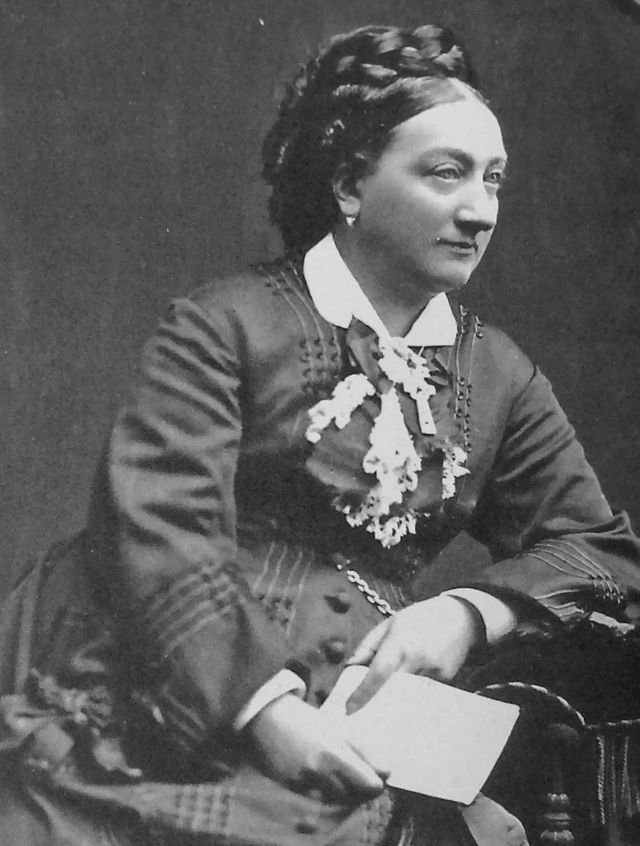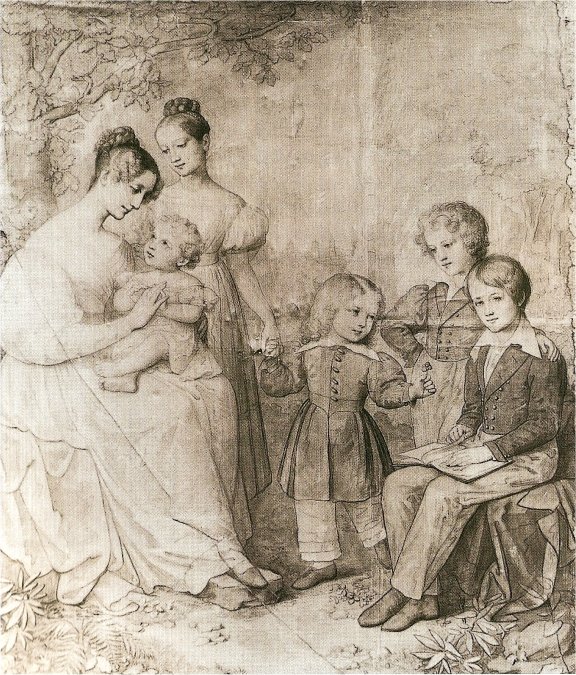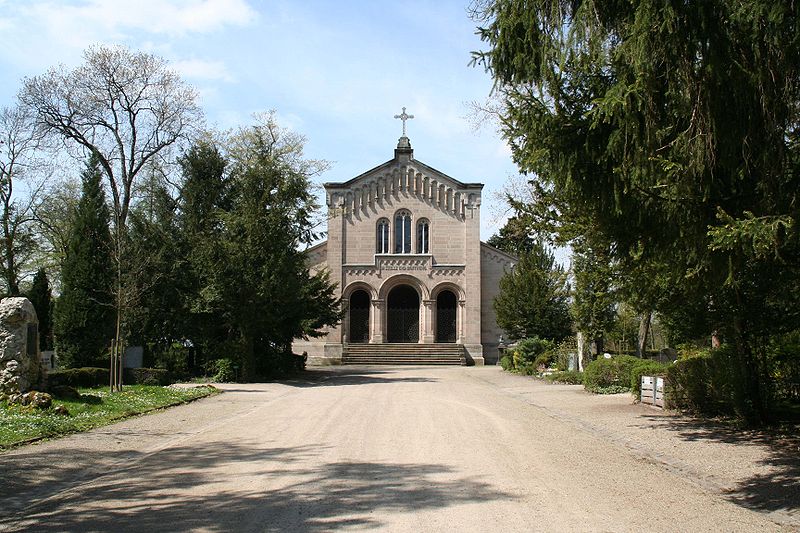by Susan Flantzer
© Unofficial Royalty 2015
Saxe-Coburg-Saalfeld/Saxe-Coburg and Gotha: In 1675, Ernst I, Duke of Saxe-Gotha-Altenburg died. Initially, his seven sons collectively governed the Duchy of Saxe-Gotha-Altenburg, as set out in their father’s will. In 1680, the seven brothers concluded a treaty of separation, with each brother getting a portion of the Duchy of Saxe-Gotha Altenburg and becoming a Duke. One of the seven new duchies was the Duchy of Saxe-Saalfeld and Johann Ernst, one of the seven sons of Ernst I, Duke of Saxe-Gotha-Altenburg became the first Duke of Saxe-Saalfeld. When two of his brothers died without male heirs, Johann Ernst took possession of Coburg (in 1699) and Römhild (in 1714). In 1699, Johann Ernst’s title changed to Duke of Saxe-Coburg-Saalfeld.
In 1825, 145 years after the initial split, another line became extinct and there was another split between three surviving duchies. Ernst III, Duke of Saxe-Coburg-Saalfeld became Ernst I, Duke of Saxe-Coburg and Gotha. For more information on the switch, see Saxe-Coburg-Saalfeld/Saxe-Coburg and Gotha Index.
On November 9, 1918, after the German Empire lost World War I, the Workers’ and Soldiers Council of Gotha, deposed the last Duke of Saxe-Coburg and Gotha, Charles Edward, a grandson of Queen Victoria. Five days later, he signed a declaration relinquishing his rights to the throne. The territory that encompassed the Duchy of Saxe-Coburg and Gotha is now in the German states of Bavaria and Thuringia.
********************

Photo Credit – Wikipedia
Alexandrine of Baden (Alexandrine Luise Amalie Friederike Elisabeth Sophie) was born Karlsruhe, Grand Duchy of Baden, Karlsruhe, Grand Duchy of Baden, now in Baden-Württemberg, Germany, on December 6, 1820. She was the eldest of the eight children of Leopold I, Grand Duke of Baden and Princess Sophie of Sweden. Alexandrine had seven siblings:
- Ludwig (born and died 1822)
- Ludwig II, Grand Duke of Baden (1824-1858), reigned as Grand Duke 1852–1858, declared mentally unfit to rule, his brother Friedrich served as Regent; unmarried
- Friedrich I, Regent and Grand Duke of Baden (1826–1907), married Princess Luise of Prussia, had three children including Victoria of Baden, Queen of Sweden
- Wilhelm (1829–97), married Marie of Leuchtenberg, had two children including Prince Max of Baden, German Chancellor
- Karl (1832–1906), married Rosalie von Beust (morganatic marriage), had one son
- Marie (1834–99), married Prince Ernest of Leiningen, had two children
- Cecilie (1839–91), known as Olga Feodorovna after marriage, married Grand Duke Michael Nikolaevich of Russia, had seven children

Alexandrine, standing next to her mother, with four of her siblings; Credit – Wikipedia
Alexandrine was first courted by the future Alexander II, Emperor of All Russia. He visited her in Baden and preliminary marriage negotiations took place. However, on his way home to Russia, Alexander visited Hesse-Darmstadt and he met Princess Marie of Hesse and by Rhine who was eventually his bride. On May 13, 1842, in Karlsruhe, Baden (now in Germany) Alexandrine married the future Ernst II, Duke of Saxe-Coburg and Gotha. Prior to the marriage, Ernst was suffering from a venereal disease as a result of his many affairs. He had been warned that continued promiscuity could leave him unable to father children. Ernst had at least three illegitimate children, but his marriage was childless, perhaps due to Ernst passing the venereal disease to Alexandrine causing her to become infertile. Alexandrine was loyal and devoted to her husband despite his infidelities, and believed that their lack of children was her fault.

Alexandrine, Painting by Franz Winterhalter, 1842; Credit – Wikipedia
After his marriage, Ernst continued to carry on with affairs that Alexandrine accepted. At one point in time, Ernst had two mistresses living with him and Alexandrine. Ernst’s sister-in-law Queen Victoria could not understand how Alexandrine could accept this, and wrote to one of her children, “Uncle E.’s conduct is perfectly monstrous and I must blame Aunt very much. They have not written to me yet – but when they do I shall have to write very strongly.”
On January 29, 1844, Ernst’s father died and he became Duke of Saxe-Coburg and Gotha. Ernst was not well-loved by his people, but Alexandrine was. She supported many charities including the Ernst Foundation for needy students. During the Franco-German War, Alexandrine worked with the Red Cross dealing with the German wounded soldiers. For this work, she was awarded the Bavarian Order of Theresa and the Prussian Order of Louise. Alexandrine founded the Gymnasium Alexandrinum, an all-girls school that was funded by her school foundation. Upon her death, she left 620,000 marks from her personal assets for the good of the people of Coburg.

Alexandrine (in black) with the family of Alfred, Duke of Saxe-Coburg and Gotha
Ernst II, Duke of Saxe-Coburg and Gotha died after a short illness at the age of 75 at Schloss Reinhardsbrunn in Coburg on August 22, 1893. Alexandrine survived him by eleven years, dying at Schloss Callenberg in Coburg, Duchy of Saxe-Coburg and Gotha, now in Bavaria, Germany on December 20, 1904, at the age of 84. She was buried in the Ducal Mausoleum in the Glockenberg Cemetery in Coburg.

Ducal Mausoleum in Glockenberg Cemetery; Photo Credit – Wikipedia
This article is the intellectual property of Unofficial Royalty and is NOT TO BE COPIED, EDITED, OR POSTED IN ANY FORM ON ANOTHER WEBSITE under any circumstances. It is permissible to use a link that directs to Unofficial Royalty.
